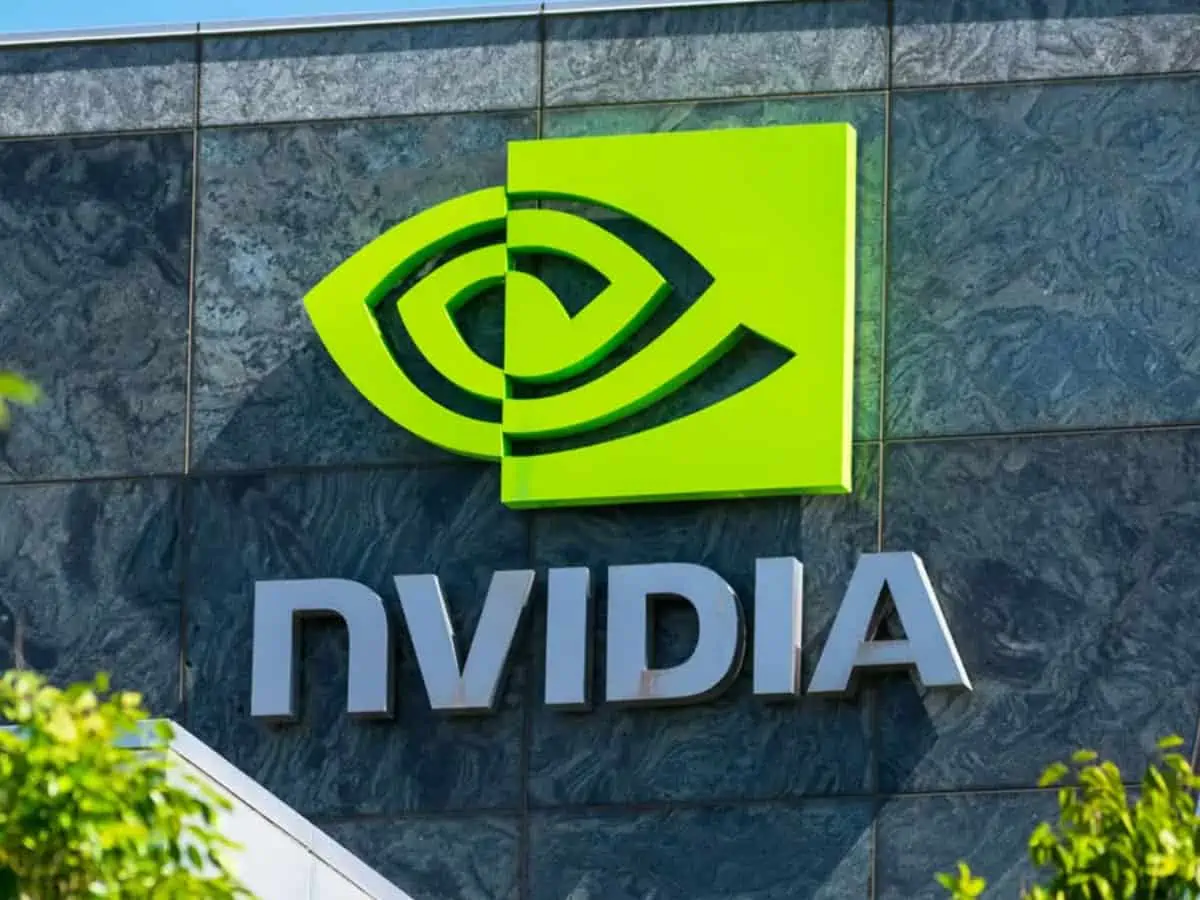
New Delhi: As big tech companies aims to lead the generative AI race, Nvidia Founder and CEO Jensen Huang has said that they have created a processor for the GenAI era.
Huang introduced the company’s new Blackwell computing platform at the GTC conference in the US, saying that increased computing power can deliver for everything from software to services, robotics to medical technology and more.
“Accelerated computing has reached the tipping point — general purpose computing has run out of steam,” Huang told more than 11,000 attendees during his keynote address.
Delivering a massive upgrade to the world’s AI infrastructure, Huang introduced the Nvidia Blackwell platform “to unleash real-time generative AI on trillion-parameter large language models”.
Huang also presented Nvidia NIM — a reference to NVIDIA inference microservices — a new way of packaging and delivering software that connects developers with hundreds of millions of GPUs to deploy custom AI of all kinds.
The company also introduced Omniverse Cloud APIs to deliver advanced simulation capabilities.
“We need even larger models,” Huang said. “We’re going to train it with multimodality data, not just text on the internet, we’re going to train it on texts and images, graphs and charts, and just as we learned watching TV, there’s going to be a whole bunch of watching video.”
In short, Huang said “we need bigger GPUs.”
Blackwell delivers 2.5 times its predecessor’s performance in FP8 for training, per chip, and 5 times with FP4 for inference. It features a fifth-generation NVLink interconnect that’s twice as fast as Hopper and scales up to 576 GPUs, said the company.
“In the future, data centers are going to be thought of … as AI factories,” Huang said. “Their goal in life is to generate revenues, in this case, intelligence.”
The greatest impact of AI will be in healthcare, Huang said, explaining that NVIDIA is already in imaging systems, in gene sequencing instruments and working with leading surgical robotics companies.
